(via Https://www.youtube.com/watch?v=0C75vRVL5lE)
(via https://www.youtube.com/watch?v=0C75vRVL5lE)
One of the best videos on youtube!
More Posts from Mrvmt and Others
Welcome to my world of dyslexia... :)
When I'm halfway through a sentence and suddenly realise there is no way out of the grammatical crater I have dug myself

Here’s the orginal creator, he’s a legend:
beesandbombs (http://beesandbombs.tumblr.com/)
Take care

Waving Circles
Remake of this awesome gif (does anyone know the original creator?): https://33.media.tumblr.com/a5d2523e8a4fc92e1629ae9937d870f6/tumblr_nl4lm8O73g1u93xcqo1_500.gif

This is early days for my conversion to p5.js. Here’s the code: http://jsfiddle.net/dandersod/8uL4s35d/
Wow, this is the coolest comic i ever read! Got your book (”What if?”) and now think its the second coolest thing i read! :) Keep it up!
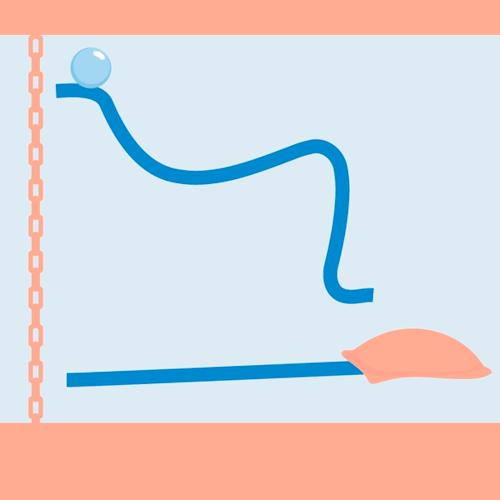


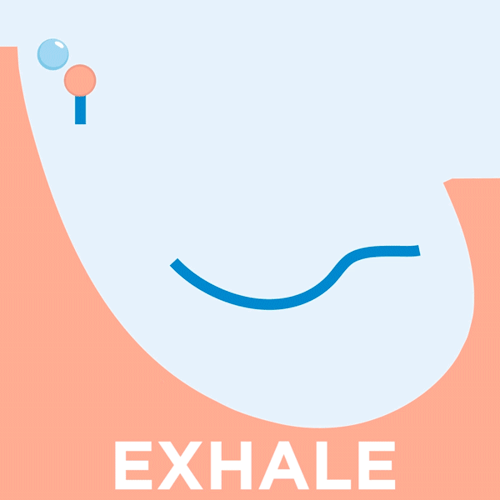

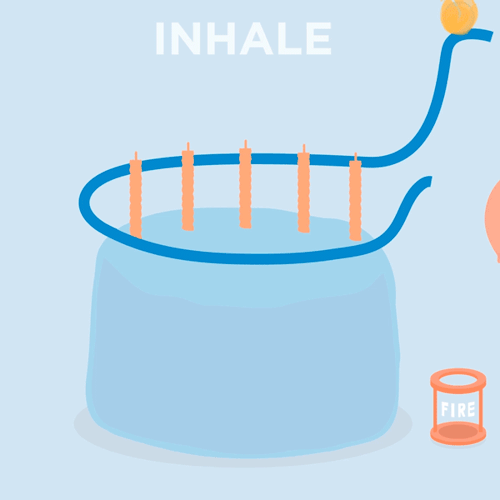
I’ll post more here: instagram.com/nathanwpyle
Take a deep breath.
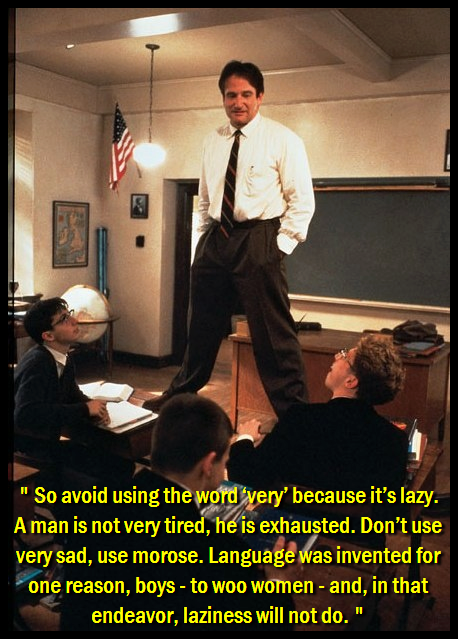
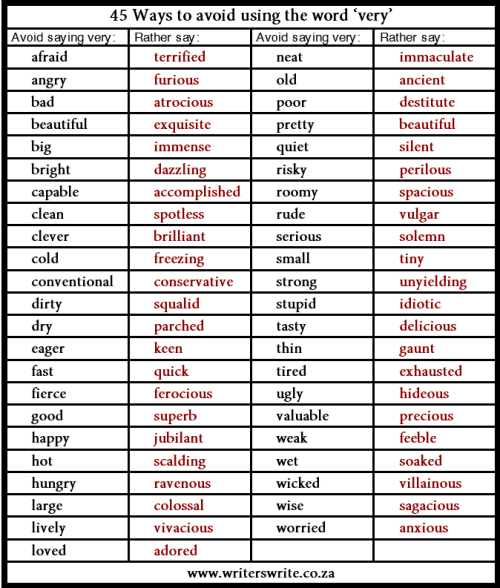
"Oh captain, my captain."
Got to love Geometry!
The Complex Geometry of Islamic Design
In Islamic culture, geometry is everywhere. You can find it in mosques, madrasas, palaces and private homes. This tradition began in the 8th century CE during the early history of Islam, when craftsman took preexisting motifs from Roman and Persian cultures and developed them into new forms of visual expression.

This period of history was a golden age of Islamic culture, during which many achievements of previous civilizations were preserved and further developed, resulting in fundamental advancements in scientific study and mathematics. Accompanying this was an increasingly sophisticated use of abstraction and complex geometry in Islamic art, from intricate floral motifs adorning carpets and textiles, to patterns of tile work that seemed to repeat infinitely, inspiring wonder and contemplation of eternal order.

Despite the remarkable complexity of these designs, they can be created with just a compass to draw circles and a ruler to make lines within them, and from these simple tools emerges a kaleidoscope multiplicity of patterns. So how does that work? Well, everything starts with a circle. The first major decision is how will you divide it up? Most patterns split the circle into four, five or six equal sections. And each division gives rise to distinctive patterns.

There’s an easy way to determine whether any pattern is based on fourfold, fivefold, or sixfold symmetry. Most contain stars surrounded by petal shapes. Counting the number of rays on a starburst, or the number of petals around it, tells us what category the pattern falls into. A star with six rays, or surrounded by six petals, belongs in the sixfold category. One with eight petals is part of the fourfold category, and so on.

There’s another secret ingredient in these designs: an underlying grid. Invisible, but essential to every pattern, the grid helps determine the scale of the composition before work begins, keeps the pattern accurate, and facilitates the invention of incredible new patterns. Let’s look at an example of how these elements come together.

We’ll start with a circle within a square, and divide it into eight equal parts. We can then draw a pair of criss-crossing lines and overlay them with another two. These lines are called construction lines, and by choosing a set of their segments, we’ll form the basis of our repeating pattern.

Many different designs are possible from the same construction lines just by picking different segments. And the full pattern finally emerges when we create a grid with many repetitions of this one tile in a process called tessellation.

By choosing a different set of construction lines, we might have created this any of the above patterns. The possibilities are virtually endless.

We can follow the same steps to create sixfold patterns by drawing construction lines over a circle divided into six parts, and then tessellating it, we can make something like the above.

Here’s another sixfold pattern that has appeared across the centuries and all over the Islamic world, including Marrakesh, Agra, Konya and the Alhambra.

Fourfold patterns fit in a square grid, and sixfold patterns in a hexagonal grid.

Fivefold patterns, however, are more challenging to tessellate because pentagons don’t neatly fill a surface, so instead of just creating a pattern in a pentagon, other shapes have to be added to make something that is repeatable, resulting in patterns that may seem confoundingly complex, but are still relatively simple to create.

This more than 1,000-year-old tradition has wielded basic geometry to produce works that are intricate, decorative and pleasing to the eye. And these craftsman prove just how much is possible with some artistic intuition, creativity, dedication along with a great compass and ruler.

So I just finished my CALC 2 class with the highest marks in the class and I wanted to put together a “guide” on how to study for calculus. It doesn’t matter if you are taking AP Calculus or Calculus in college, this guide should be a general overview but I will mention some specifics to AP Calc. *Picture from my Calculus lecture.
General Tips
Buy the AP CALC review books. Regardless of whether you are in college calculus or actually in AP Calculus, the review books are great in condensing materials and having good examples.
Create your own cheat sheet. Every time you learn a new formula or theorem, write it down in a cheat sheet. This forces you to recall the information constantly.
Know your common derivatives and common integrals like the back of your hand.
Fundamental Theorem of Calculus, Part I & II? Yeah, it’s fundamental. Need to know that.
Common limits? Yep, that too.
Know your pre-calc and algebra by heart. The hardest thing about calculus is not the formulas and theorems, but recalling past materials to solve a problem. If you could easily recognize trigonometric identities, you would be well set for the class.
Know what trig graphs look like and what they approach, etc.
Learn how to do the math without a calculator. Some professors don’t let you use calculators on the tests and when you are become too dependent on the calculator, you tend to forget how to do simple addition/subtraction and multiplication/division. Also, there is a non-calculator portion to the AP Calculus Exam, so don’t make your calculator your crutch.
Practice every day + do your homework. A little practice everyday goes a long way and doing your homework (even if it doesn’t count as a grade) can be a drastic way of improving your grades because chances are, your teacher knows you probably aren’t going to do the homework and will have test questions very similar to the homework questions.
Show all your work. Write all the steps out. If you make a mistake mentally, your whole answer will be wrong. To decrease the chances of loosing points for careless errors, label everything, even if it tedious. Also, work shown can count towards partial credit on tests.
Practice the problems from your textbook + problems outside your textbook.
Understand and review old tests. When you get your tests back, redo the whole test on another sheet of paper. Try to understand where you went wrong. Was it a simple math calculation error? Did you do the derivative wrong? Was the theorem wrong? Did you forget a step like checking for conditions to apply L’hopitals Rule or Alternating Series Test for Convergence? Whatever it is, go through the entire test (yes, even the ones you got right) and re-do it.
Ask for help when you don’t understand something. Solving tough calculus problems are easier when working with a group on a white board because you get a fresh set of eyes and a new mindset/approach to a problem. If you cannot tackle a problem, regardless of how many ways you have tried, it’s best to ask someone who already knows how to do it.
Resources for AP CALC
Buy review books. Honestly, this is self-explanatory. I usually would go with a Barron review book, but hey, what ever works with you.
Do the previously released AP Calc exams. If you are a BC student, do the release exams for both AB and BC for more practice.
Previously released AB Exams
Previously released BC Exams
Step-by-step explanations for free response questions release
AB Study Guide
Cheat Sheets + Other Resources
I advise you to print out the cheat sheets and place it in the front of your calculus binder/notebook or where it can be easily accessed.
Cheat Sheets
AP Calculus Stuff You Must Know Cold
This 2-page cheat sheet is honestly god gifted and I advise you to print it out and laminate or something and put it in the front of your calc binder/notes. Will definitely save your life.
Algebra Cheat Sheet
Trigonometric Cheat Sheet
Calculus Cheat Sheet
Derivatives and Limits
Integrals
Online Tutorials + Videos
Khan Academy
Differential Calculus
Integral Calculus
Paul’s Online Math Notes
HippoCampus
Online Calculators
Symbolab’s Calculus Calculator
The most beautiful thing to ever exist when you are checking your answers or looking for the steps on how to do a problem.
Don’t rely on it too much. Actually learn how to do it.
Wolfram Alpha
Implicit Differentiation Calculator
Desmos Online Graphing Calculator
Bet you don’t know how to graph an x-function on that TI-84 without solving it out for y. But it’s cool, neither do I. That’s why I rely on Desmos’ Online Graphing Calculator.
Three of my favorite tumblrs in one post, keep it up boys. :)



Dog Chase - Switcher
I saw Regolo Bizzi’s wonderful drawings on twitter, and I had to try and make them in processing. I recognized it as a version of the dog chase problem (where dogs at each corner of a square are chasing the dog to their left), but now they switch from the left dog to the right dog every 100 frames. Also made a hexagon version (6 dogs), because why not?
Square code: http://openprocessing.org/sketch/292065
Polygon code: http://www.openprocessing.org/sketch/292076
Wow, it’s somehow really relaxing in this!


Koalas to the Max
Mike Lawler and Dave Radcliffe reminded me of this great goofy site: Koalas to the Max. 4x the fun of your usual dots site.








-
 jazzahbelle liked this · 7 years ago
jazzahbelle liked this · 7 years ago -
 pisnot314 reblogged this · 7 years ago
pisnot314 reblogged this · 7 years ago -
 gaosto-blog reblogged this · 7 years ago
gaosto-blog reblogged this · 7 years ago -
 gaosto-blog liked this · 7 years ago
gaosto-blog liked this · 7 years ago -
 anxvu liked this · 7 years ago
anxvu liked this · 7 years ago -
 bigal523 liked this · 7 years ago
bigal523 liked this · 7 years ago -
 ulyssesme liked this · 7 years ago
ulyssesme liked this · 7 years ago -
 kalifissure reblogged this · 8 years ago
kalifissure reblogged this · 8 years ago -
 jefferson-starshipsss liked this · 8 years ago
jefferson-starshipsss liked this · 8 years ago -
 fotinostudies-blog reblogged this · 8 years ago
fotinostudies-blog reblogged this · 8 years ago -
 steppencorvus reblogged this · 8 years ago
steppencorvus reblogged this · 8 years ago -
 steppencorvus liked this · 8 years ago
steppencorvus liked this · 8 years ago -
 moonlightingxfantasy reblogged this · 8 years ago
moonlightingxfantasy reblogged this · 8 years ago -
 moonlightingxfantasy liked this · 8 years ago
moonlightingxfantasy liked this · 8 years ago -
 emma-bucio liked this · 8 years ago
emma-bucio liked this · 8 years ago -
 vctoriqansll reblogged this · 8 years ago
vctoriqansll reblogged this · 8 years ago -
 vctoriqansll liked this · 8 years ago
vctoriqansll liked this · 8 years ago -
 tsamourikat reblogged this · 8 years ago
tsamourikat reblogged this · 8 years ago -
 tsamourikat liked this · 8 years ago
tsamourikat liked this · 8 years ago -
 kahvelikutteri liked this · 8 years ago
kahvelikutteri liked this · 8 years ago -
 noisilyfuzzyobservation liked this · 8 years ago
noisilyfuzzyobservation liked this · 8 years ago -
 mrvmt reblogged this · 8 years ago
mrvmt reblogged this · 8 years ago